|
Up in Guanacaste in northern Costa Rica I stayed in a place called Rinconcito Lodge which was in an isolated area outside of Liberia. It was here where I would base myself ready to visit Rincon de la Vieja, with my original intentions being to climb the volcano. However, recent earthquakes at the volcano closed it for climbing so it was Plan B, visit the bubbling mud pots and hot springs in the national park instead. I signed up for a tour but upon being told that I was going to ride a horse for the initial part of the journey I felt anxious, anxious at the idea of riding a horse. I suppose I was paranoid that the horse was going to go crazy and throw me off.
So next morning it was on the horse I went and I just let it go on autopilot, and it actually wasn't as bad as I thought. Maybe I was given an easy horse? I felt like John Wayne for the moment. The Santa Maria ranger station was where we left our horses before setting off for the long trek through the forest. Crossing a few streams and sweating on the way the highlights of the forest included a Sloth sleeping up a tree, an Oriole Snake, some Monkeys moving around some trees, and a tree with a huge trunk. Later, when we reached a stream which had a cloudy appearance in the water I knew that we made it to the Sector Las Pailas, where the mud pots and hot springs were. Walking up a mound after crossing the stream along with my guide the first mud pot I encountered was a mini pool of mud bubbling away, obviously that was nothing compared to what I was to see after that. Next up was a sulphuric pool of water called Pailas de Agua and that was followed by the Pailas de Barro, a group of large bubbling mud pots. The Pailas de Barro mud pots bubbling away also emitted steam and smelt like rotten eggs, it was obviously the sulphur I was smelling similar to what I smelled near the active craters of Pacaya and Etna volcanoes during the previous years. Next up we came to a viewing point overlooking Laguna Fumarolica, a sulphuric pond with active fumaroles in the rocks. My guide climbed through the fence and descended down to the rocks and beckoned me to come with him to the other side, are you serious? I felt obliged to follow him. At one point he pointed to a fumarole and told me to move quick as I passed as the steam could scold you, I knew what he meant. On the other side of Laguna Fumarolica we were back inside the forest where we saw steam being emitted between trees, another fumarole. So this Sector Las Pailas, which lies at the foot of the nearby active Rincon de la Vieja Volcano to the south, has a network of fumaroles which is obviously being fed by the same magma chamber. Next up we stopped at a hot spring, this time the water was clear only that it was boiling hot. Then we stopped at our last vent, Volcancito. Volcancito was another bubbling mud pot only that it was smaller than the ones at the Pailas de Barro. Staring into the mud pot, the mud was constantly bubbling and boiling like as if somebody had put clay into a cooking pot to be heated up. Just as we were leaving I saw a baby Green Iguana on a log and a monkey resting up in a tree. We made the long trek back to the Santa Maria ranger station before mounting our horses for the return trip to Rinconcito Lodge. It was a satisfactory trip and I quite enjoyed the trek. One of the good things about visiting a volcanic area in a national park is that you have the added bonus of spotting wildlife on the way. Few minutes after my journey to my next destination begun my driver stopped and pointed out to a Toucan, wonderful! This was a photo opportunity for this impressive tropical bird.
My destination was the village of Santa Elena, where I would base myself for my visit of the Monteverde Cloud Forest Reserve. Going there first took me to the shores of Lake Arenal before I would make a boat crossing to the other side of the lake where I would take another shuttle bus which would get me to Santa Elena. This journey on the second shuttle bus steadily took me across numerous green hills on gravel roads. But then, the shuttle bus got a flat tyre which held us up for a while and it didn't help matters that the spare tyre was also flat too, the driver decided to carry on anyhow. Fortunately, we were not far off from a tyre place and not far off from Santa Elena too. Having arrived in Santa Elena, the weather was nice and cool compared to the humidity of the Arenal area. It was a very small town and more like a village, but facilities for tourism was plentiful especially hotels and restaurants. The Monteverde area, (although I don't recall seeing any) is known to have a community of Quakers who came to Costa Rica in the 1950s from the United States as they disagreed with being drafted into the army for the Korean War. They also liked the fact that Costa Rica had abolished their army and was a neutral country. Next morning feeling afreshed, I decided to hike to the Monteverde Cloud Forest Reserve from Santa Elena thinking that it wasn't too far. Turns out it was further than I thought on foot, taking some turnings and going up into the forested hills. I knew I should've taken the bus. I finally made it to the reserve which covers 10,500 hectacres, 90% of which it consists of virgin forest. It also holds a high proportion of biodiversity containing over 2500 plant species, and hundreds of wildlife species including mammals, birds, reptiles, amphibians, and insects. I was expecting Monteverde to be active with wildlife but during my visit it was very quiet except for maybe the odd bird here and there, much to my disappointment. Anyhow, in the reserve I made the La Ventana mirador and the waterfall trail my priority. First up was the trail towards La Ventana as it was the furthest away and the first part consisted of walking through the dense forest passing by some impressively huge ferns on the way. Apart from maybe one couple it was almost as if I had the place to myself, it was very quiet. Later, I heard a rumble of thunder and although a thunderstorm didn't follow up it later started raining. Later on, the trail came to more open ground so I was therefore exposed and getting wet but given that I was getting close to the La Ventana mirador, there was no point in turning back so I might as well carry on to complete my task. At the La Ventana mirador I had sweeping views of the green valley below partially covered in swirling clouds and while it was raining I was still determined to get my pics, but I tried to be careful with my camera. In fact, I was more concerned for my camera than getting wet. Although there were clouds about, the forested hills in the distance still looked spectacular. Talk about a green Costa Rica. Task done, the only thing on my mind for the moment was to get back to the entrance area to dry off for a bit. During the lengthy walk back in the rain I must confess, but I did something naughty. I broke off a giant leaf from a plant to use for protecting my backpack (with my camera in it) from further getting wet. Now it is not allowed to take any plants from the reserve but I felt desperate at the time, and not surprisingly the young lady at the entrance booth looked bemused at the sight of me carrying a giant leaf. Having partially dried off I checked out the times for the last buses and I sussed out that I could just make the next bus if I immediately make my way for the waterfall trail. And so, once again I find myself making my way through the dense forest only this time on a different trail but it didn't take as long to get to the waterfall. That was my other task completed, was it a pretty sight? sure, but let's be honest here it wasn't that spectacular. Having been satisfied with the day's events despite the rain coming down I decided it was time to go back. I would've liked to have stayed a couple of hours longer especially as I wanted to check out the suspension bridge in the forest, but a change in the weather conditions while in the Monteverde cloud forest changed all that prompting me to make do with what I had. Riding the shuttle bus in a 4 hour journey from San Jose, I was getting near my destination the Arenal Observatory Lodge. I looked out of the shuttle bus window to my left and although the volcano was mostly covered in cloud, just looking at the lower flanks was enough to excite me. I was eager to see the Arenal Volcano for a while now especially after the pics and videos I saw on the Internet and at last I finally got to see this volcano in person.
During this time, Arenal was the most active volcano in Costa Rica. The activity consisted of constant slow effusive lava flows which would quite often cause bits of lava to break off from the summit area and in lesser circumstances, lava flow fronts. At night it would look more spectacular as that was when the incandescence was more visible. Other activity included strombolian explosions which occurred on a regular basis, and pyroclastic flows which occurred less frequently. Arenal first awoke in 1968 with violent explosions which killed 87 people, and then lava flows buried the villages of Tabacon and Pueblo Nuevo. Three new craters were formed during the eruptions but the activity soon became confined to just one crater and since then Arenal was in a constant state of eruptive activity. The eruptive activity finally came to an end in December 2010. Scientists believe that Arenal may go into a state of dormancy for a few hundred years before waking up once again. I checked in at the Arenal Observatory Lodge and then went off to explore the local nature trails and it didn't take long until I noticed the clouds temporarily clearing revealing the volcano, so of course I wasted no time in getting pics as I learned that the weather in the La Fortuna area is constantly changing, and minutes later the clouds came back and hid the volcano again. Later, I was on the waterfall trail which goes into a forest when I heard BOOOOOOOOM!!! A volcanic explosion had occurred taking me by surprise. But the real action didn't come until the evening. When the evening came a thunderstorm had developed and I was stuck in the main area of the Arenal Observatory Lodge due to heavy rainfall but fortunately for me, I had my camera and tripod with me so I was able to take pics when the clouds cleared enough during the storm to be able to see the volcano. What a show I was treated to during my first night, not only could I observe the incandescent lava fragments rolling down the slopes but I could also watch a thunderstorm at the same time especially when lightning lit up the skies revealing the silhouette of the volcano at night. During the next day, the clouds cleared by late morning until mid afternoon giving me more opportunity for pictures. I spent a lot of time in the restaurant area of the Arenal Observatory Lodge at that time hoping I may catch a strombolian explosion with ash plume but to no avail, just lava fragments constantly breaking off from the summit area and rolling down the slopes. My attention was sometimes turned towards the Coatis which were foraging for food out on the lawn. Come late afternoon, I joined the Arenal 1968 lava tour as arranged with the local guide earlier that day and I went along with an American family. As I got there and after I filmed a clip with my camcorder on a trail, I misplaced my foot on the ground spraining my ankle in the process which then forced me to limp along for the rest of the tour. We got to the lava flow of 1968 which was by now vegetated, hard to believe that a village once stood beneath our feet after the villages of Tabacon and Pueblo Nuevo got destroyed by the eruption of 1968. Next, we walked on in search of some Tree Frogs and by now it was sunset and we were walking through some long grass which made me feel anxious about the presence of any unseen snakes so I just stomped through knowing that snakes don't like it when you stomp the ground. That done, we ended up at a lagoon where we heard frog calls presumedly coming from Tree Frogs yet not a frog to be seen. Those calls were not your average croaking which you would typically associate with frogs, but a single loud high pitched croak. Heading back in the direction of the car park, the guide took us somewhere else where he thought there might be Tree Frogs and there it was in the trees a Red Eyed Tree Frog! What a beautiful creature, mostly bright green with red eyes and blue legs. I often seen them on nature programmes on TV but seeing one in real life was different to watching TV, amazing. The youngest boy from the American family I was with kept begging to keep it but the father explained that it was a special frog. Sorry lad! but wild animals are there where they belong. On to day three of my stay at the Arenal Observatory Lodge and the task for the day was to climb Volcan Cerro Chato, the extinct neighbour of Arenal Volcano. A slightly lengthy walk took me to a cloud forest in the area between Cerro Chato and Arenal volcanoes, it was here where the trail to the crater rim began. Having only sprained my ankle the day before, was I crazy to make an ascent on my own with no one else to help me? I guess it's fair to say that I was. I suppose I was still fit enough to go hiking but Cerro Chato came with risks, wet rocks, muddy trails, and possibly venomous snakes. So off I went to ascend into the dense forested slopes of Cerro Chato and on the way I encountered a variety of plants, some flowers, and even a lizard or two. It took me an hour and a quarter to reach the top and by then it started to rain and I encountered foggy conditions. I was not able to view the crater lagoon much to my disappointment after the risk I took. At one point while I was walking along the forested crater rim I lost my foot in slightly deep mud but I was ok. Later on, after I came back down I noticed the clouds clearing from Cerro Chato like I was being taunted by Mother Nature with "are you sure you don't want to come back to try again? Are you sure?". Later that day it was sunset when the clouds cleared once again providing me with a good opportunity for more pics and video footage plus you can see the incandescence in the falling rocks better at this time, so I went up to the observation tower just across the bridge. By nightfall, I could hear the jungle come alive and I even had bats fly close to me a couple of times. The skies were clear and I could see the silhouette of the volcano which sometimes glowed at the top and as usual incandescent rocks would break off and go tumbling down the flanks. Because I was in a rural area, I could see many more stars in the night sky than I usually would in towns and I could even see the Milky Way, what a beautiful sight! So given the scenery of the jungle coming alive at night, seeing many more stars than I usually would, seeing the Milky Way, and watching the activity of the volcano, this moment remains to this day one of my most memorable moments in life. Later, the clouds rolled in to hide the volcano once again. On my final day at the Arenal Observatory Lodge it wasn't so much eventful in terms of weather and volcanic activity, so I just wandered the gardens taking pics of exotic flowers and Hummingbirds which were hovering around collecting their nectar from them. I did however decide to make a very lengthy walk all the way to the road bridge which goes over the Rio Agua Caliente which was quite a way out of the premises. On my way back, I made an unexpected detour to the Tucanes trail (which was just outside the entrance to the premises of the Lodge) after having a conversation with one of the guides there during which an Anteater suddenly popped out of the bushes during mid conversation. Minutes later I hiked on the trail into the jungle until I came across some kind of make-shift shelter (as directed by the guide) overlooking the base of the volcano where one could view the vegetated lava fields and the lower flanks. I sat in it watching the rocks come down but couldn't see the rest of the volcano due to cloud cover (as it was all day). I later walked further into the forest hoping that it could lead me to the vegetated lava flows when the trail increasingly started to get hidden by increasingly thick vegetation. Not willing to take the risk of being bitten by unseen venomous snakes, I made the decision to turn around and head back to start. During the morning of my departure I met Phil Slosberg, an American who actually had a house on the premises overlooking the volcano and whom I was communicating with over the internet prior to my visit here. He quickly took me to his house where he gave me two DVDs containing his pics and videos he took of Arenal Volcano, which was very kind of him. Sadly, Phil died in Florida back in 2011. In retrospect, I'm glad I came to Arenal while it was still active otherwise I wouldn't have got to witness the show had I come any later than early 2010. During my trip to Costa Rica I spent half my time in San Jose, the capital of Costa Rica. It lies within the Central Valley alongside the other cities of Alajuela, Heredia, and Cartago. The Central Valley being where a large proportion of the Costa Rican population reside.
As far as the museums go I would've liked to have visited the Pre-Columbian Gold museum but it was closed at the time, and I don't think I was much aware of the National Museum. I did visit one museum and that was the Museo de los Niños, a museum which was really for children hence the name in Spanish. I believe it was a converted former prison. Some landmarks which I passed by included the Parque Nacional, Parque Morazan, the National Theatre of Costa Rica, and Parque Central. The National Theatre of Costa Rica is located bang in the centre of San Jose and was first built in 1891 and then opened in 1897. It is still used to host performances to this day. Besides the museums one could visit, there really wasn't a lot to do in San Jose (or in the centre anyway) apart from eating in restaurants or checking out the souvenir shops. One mildly amusing moment I remember was seeing a black guy (whom I assumed was homeless) who had a bushy silvery beard and was walking around with some kind of spear, he reminded me of Neptune! Rising above the Costa Rican central valley is the broad shaped Volcan Poas, one of Costa Rica's most active volcanoes. It rises to an elevation of 2708m above sea level and it hosts two summit craters. The active crater is surrounded by barren landscape and it contains an acidic lake with a pH of almost zero and some active fumaroles. Geyser-like eruptions have often occurred from the acid lake. The inactive crater, Laguna Botos however is the opposite. It contains a freshwater lake and is surrounded by cloud forest. Access to the Poas Volcano is easy from San Jose and Alajuela because a road goes all the way to the summit area.
The story begins in 2009 and I just bought myself a DSLR camera, a Canon EOS 1000D after being inspired to take up photography upon looking at photos on website Flickr.com especially volcano photography. I gave myself a choice of visiting Indonesia, Costa Rica, or Ecuador. I chose Costa Rica after being drawn towards Volcan Arenal (then the most active volcano in Costa Rica) after seeing photos and videos of it online. Fast forward to my trip to Costa Rica and it was the morning of my half day tour to Poas and I was still recovering from airsickness only the day before when I arrived, what a way to start a trip huh? Anyway, already I was excited about Costa Rica and what I was going to see and the shuttle bus I was travelling in had drove past the town of Alajuela before gradually going uphill passing a fault line and various cantons and coffee fields on the way. One stop we made before reaching the destination was to get a view of the central valley where the most built-up area of Costa Rica is concentrated, with towns and cities including Alajuela, Heredia, San Jose, and Cartago. Finally we reached our destination and was inside the Volcan Poas National Park, located around the summit area of Poas Volcano. The short trail from the car park was roughly a 10 minute walk towards the mirador, where one could view the active crater. I was told that viewing the active crater was subject to weather conditions but to my delight I just successfully encountered my first Costa Rican volcano. There were steep cliffs beneath the mirador so a descent to the crater wasn't possible. Was access possible from other parts? yes, but only to those who have a permit especially scientists and volcanologists. What was my first impression of looking at the active crater of Volcan Poas? it was like staring at a quarry except that it was emitting sulphur dioxide fumes. Being at an altitude I experienced being short of breath whenever I moved about too quickly and just like the Pacaya and Etna volcanoes I previously visited (in Guatemala and Sicily respectfully), it smelled of sulphur in the air. Two plants which caught my eye in the park were Bromeliads and the Poor Man's Umbrella plant. Moving on, we left the mirador to take the trail uphill through a cloud forest and one thing I remembered was seeing Bromeliad plants growing on tree trunks and branches. We eventually reached a lookout point where the Botos lake was right in front of us, a freshwater filled inactive crater surrounded by lush vegetation. We headed back for the park entrance but not before I persuaded the guide to let me take a few more parting shots of the active crater. One stop we made on our way to the Doka Estate was a store where I sampled some locally grown strawberries and some local coffee. Inside the Doka Estate now and we were passing numerous plants which coffee beans grew on, Arabica. In the tour of the coffee plantation we were shown how the coffee beans were processed from seedlings to growing on bushes, vats to being dried out in the sun, to being roasted. The coffee beans were roasted in different ways for flavour. One type of coffee beans was sent to Germany to be roasted in a special way (as they didn't have the equipment in Costa Rica) before being sent back again. From the lookout tower within the Doka Estate one could view the neighbouring Poas and Barva volcanoes subject to weather conditions. My tour ended halfway through the day as I only paid for a half day tour and was taken back to San Jose. In retrospect, I should've opted to go on a full day tour visiting the La Paz waterfall in the afternoon on top of seeing Volcan Poas. Been thinking about setting up a website dedicated to my photography for a while so here I am now. This site will showcase some of my best shots while the blog will act as a diary.
More will come as I go along. |
AuthorRené Goad Archives
December 2017
Categories |
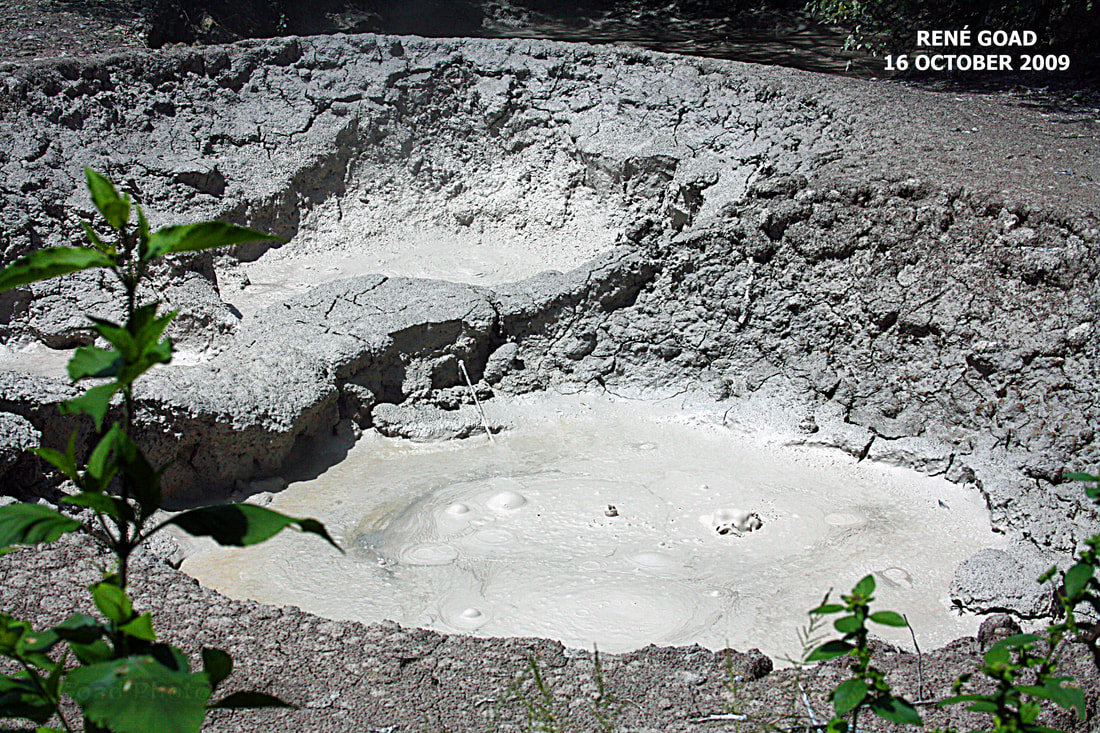
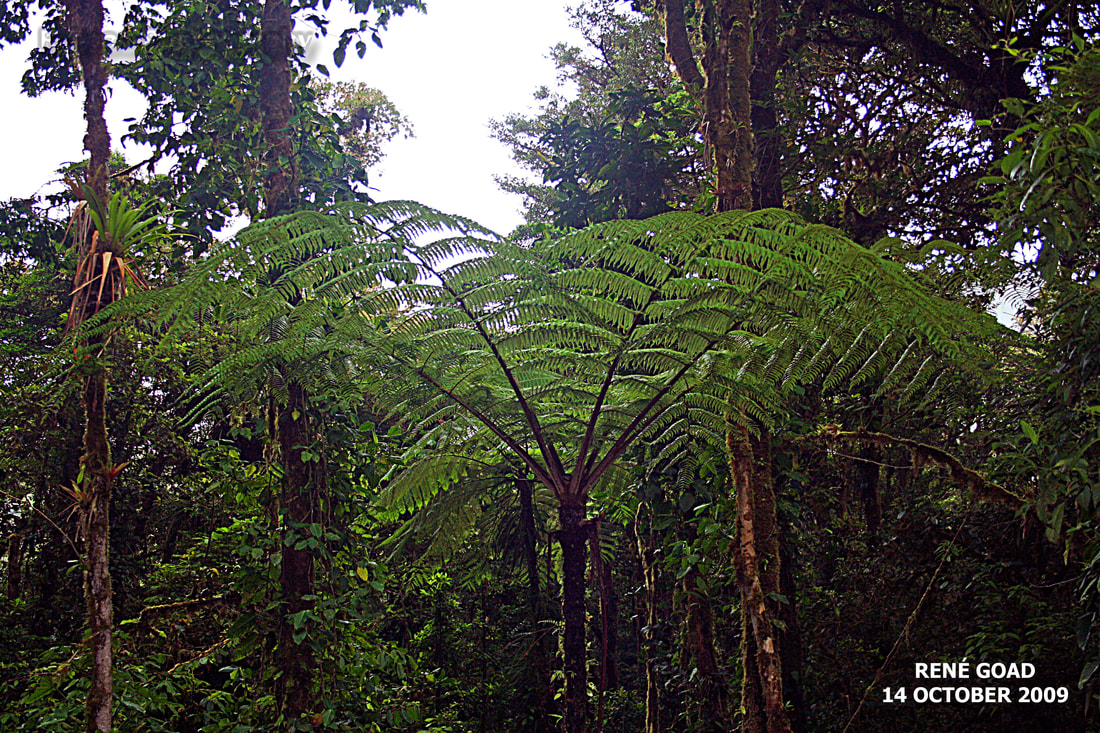
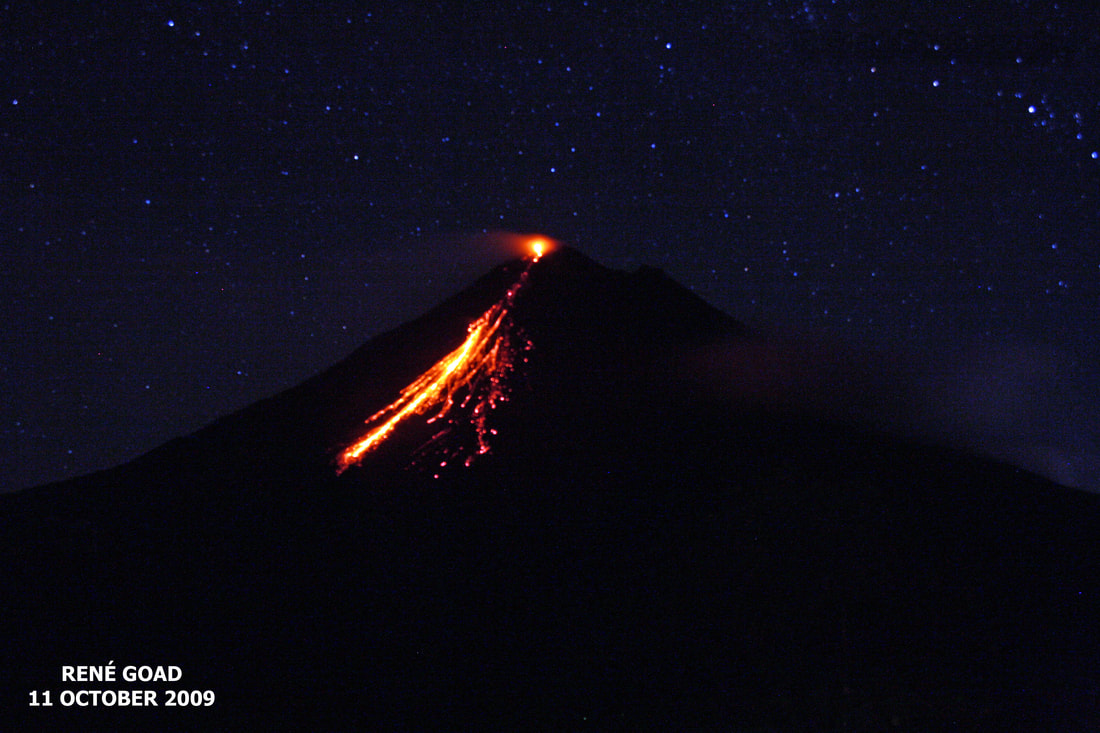
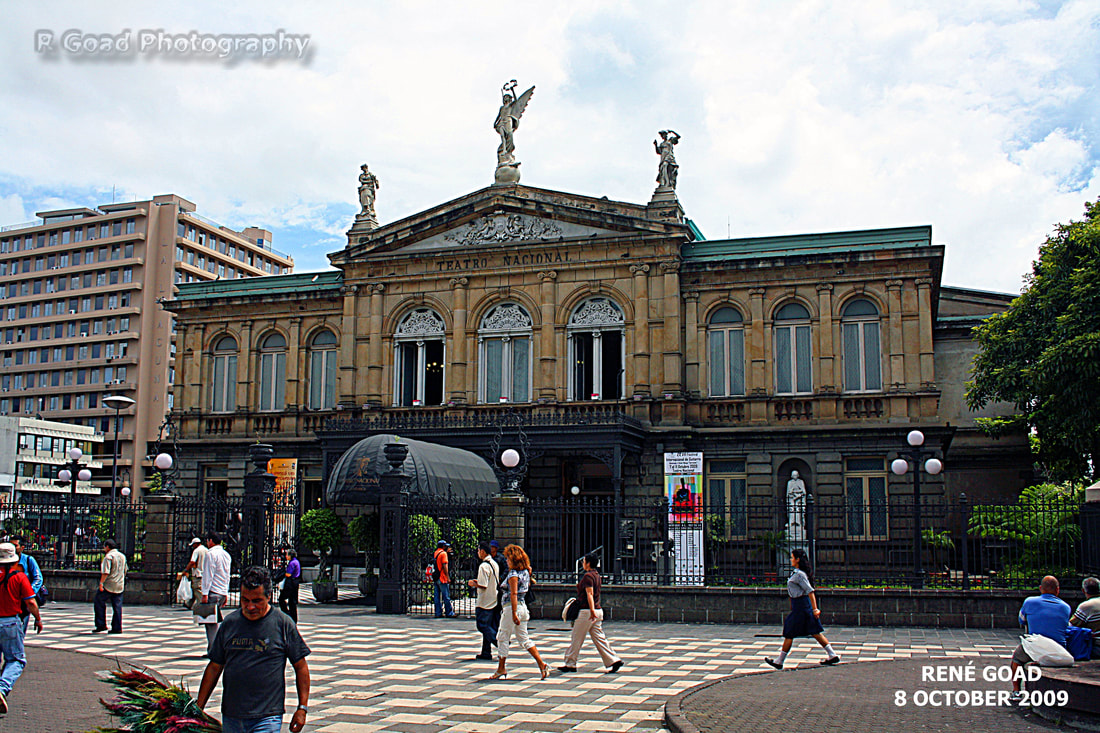
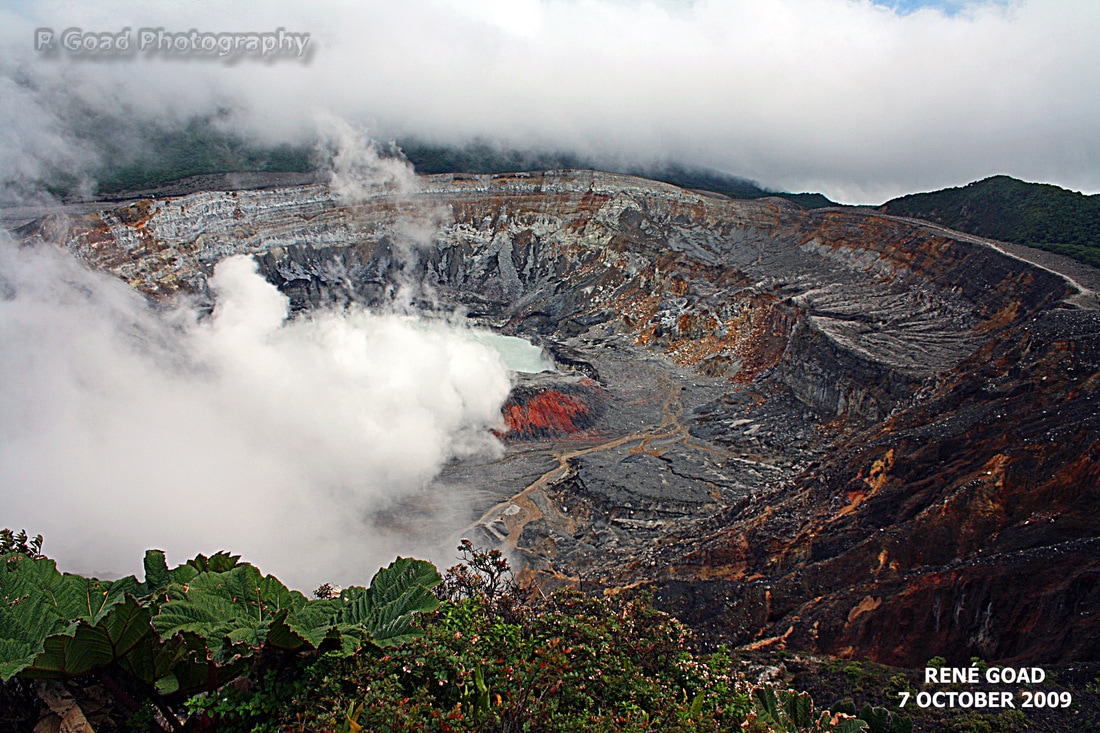
 RSS Feed
RSS Feed
